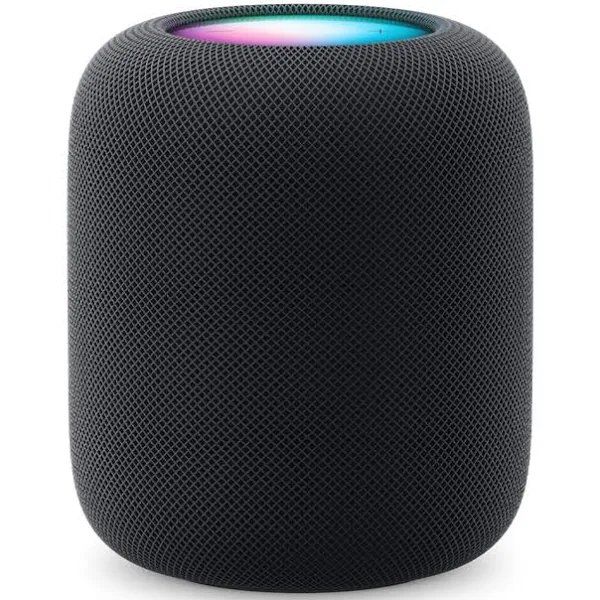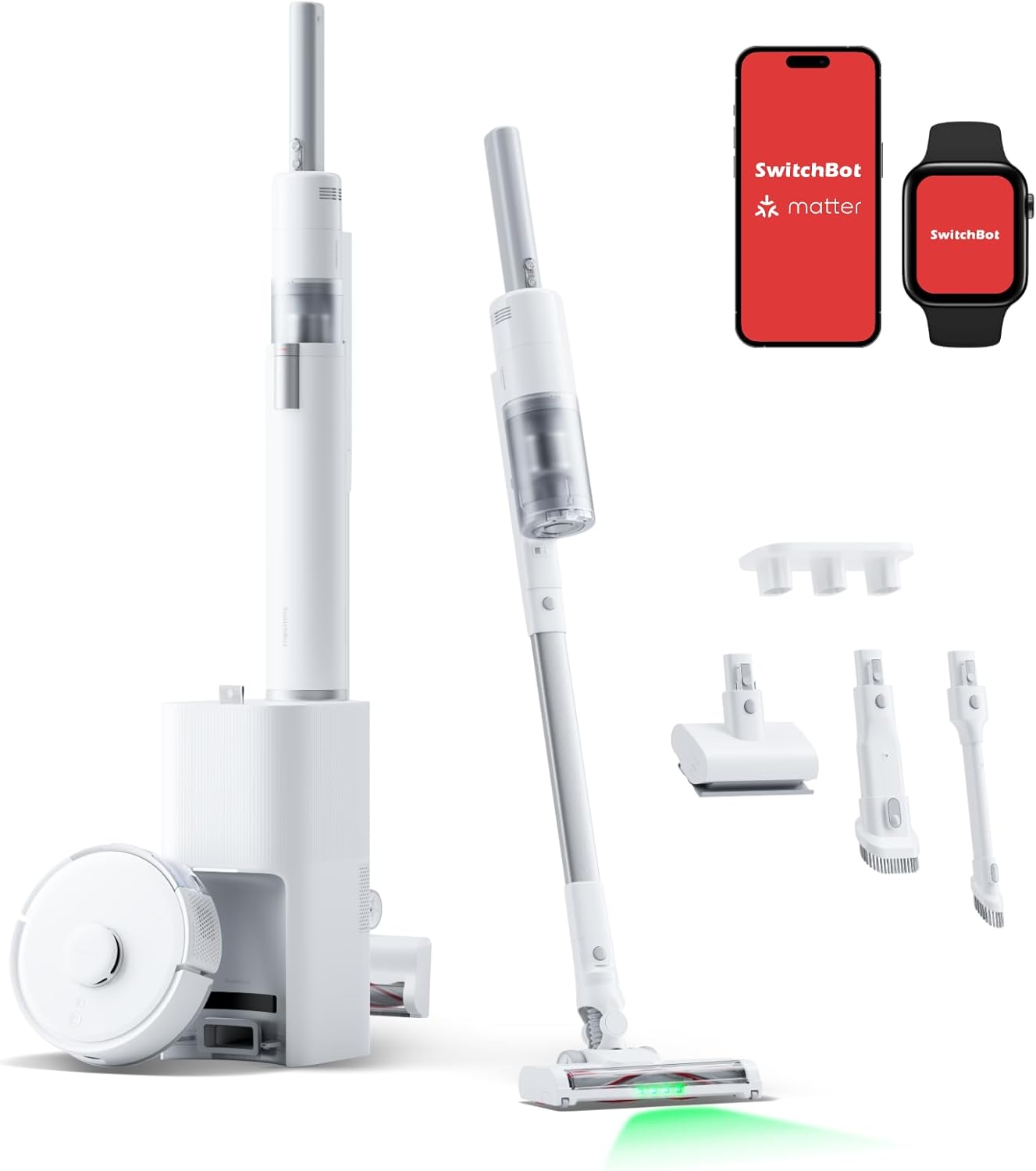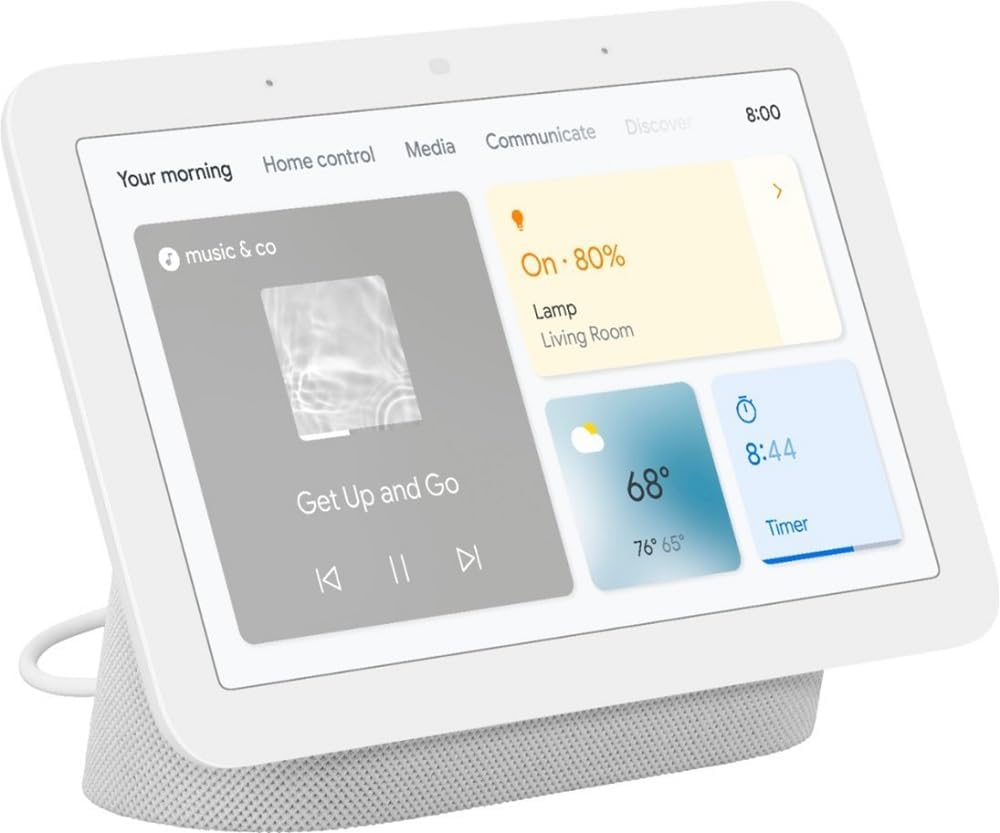The Connectivity Standard Alliance (CSA) just released the latest Matter specification, Matter 1.4.2, on Monday, August 11, which includes several underlying improvements.
It is the second minor update since we saw Matter 1.4.1 in May. The release shows clear signs that the alliance has been putting in more effort, aiming to make Matter not just usable, but seamless and highly integrated into your smart home setup.
Matter 1.4.2 introduces some minor but notable enhancements like Wi-Fi only commissioning, advanced security, certifiable and standardized scene management, and ongoing work to raise the bar for Network Infrastructure Manager (NIM) devices.
Wi-Fi only setup
Following the NFC commissioning, the CSA adds another setup method for Matter devices in addition to Bluetooth and LAN (e.g., Hub Bridge). With the new specification, vendors can ship Matter devices without Bluetooth stack and hardware, further reducing the cost of Matter devices in production and development. The changes could reduce final prices by dozens of cents to a dollar, as Chris LaPré, CSA Head of Technology, told Matter Alpha in an interview.
This can also be useful for users with higher security requirements, as when you commission a new Matter device, most smart home apps would request Bluetooth along with other permissions from the system. With the Wi-Fi-only commission, the requirements would be minimal.
However, hardware-wise, Bluetooth is usually included with Wi-Fi on a single chipset; I would hold my expectations for ultra-low-priced Wi-Fi-only devices at the moment as their base experience may be compromised.
Network optimization
There are two primary changes in network and communication specifications. Firstly, Matter 1.4.2 improves device communication efficiency with “Quieter Reporting,” a data model optimization that defines how and when devices report their state changes. It provides an efficient and standardized approach to improve the overall performance of your Matter setup, avoiding network congestion or devices draining their batteries quickly.
Considering most smart home devices are still using narrow bandwidth wireless stacks (20MHz 2.4GHz Wi-Fi, Zigbee/Thread), and the frequency range is highly crowded (even USB 3.0 ports can cause interference), we may see this feature make a more significant difference, especially in homes with numerous energy monitoring devices that tend to be “talkative.”
Another change revolves around NIM devices, including Wi-Fi access points (AP) and Thread border routers (TBR). Matter 1.4.2 now sets a higher requirement for them. New Matter-enabled TBRs must allow at least 150 devices connected with Thread 1.4 certification. The figure for Wi-Fi APs is 100, along with support for Target Wake Time (TWT) for battery-operated devices.
Matter 1.4.2 actually enforces the Thread 1.4 requirement slightly ahead of the policy from the Thread Group, which mandates that all TBRs must be 1.4 certified for new certification starting in 2026.
However, we have yet to see many devices certified in this category. Chris mentioned that a few organizations and firms, including internet service providers, are working with the CSA to bring NIM or Home Router Access Point (HRAP) devices to users.
Better device control and management

Matter 1.4.2 introduces several improvements for device control, including better smart scenes, unique endpoint IDs, sequential commands, and more.
Matter now standardizes scenes for controllers, allowing users to control entire rooms or home spaces with a single command and avoid “popcorn effects.” The update adds features like light fading over time. Each Matter platform can define and use scenes on its platform, according to the release blog from the CSA.
Another addition is consistent unique endpoint IDs. This is a useful feature for devices with multiple identical entities, such as n-key switches and power strips. Current specifications often make them less manageable and identifiable across different Matter platforms. You may frequently see names like “first plug” or “second plug” on Matter-enabled home apps, and they may have different names and display orders on another platform, causing confusion. The unique IDs will address this issue and contribute to a better experience with certain devices by “offering persistent, admin-independent identifiers.”
Robot vacuum cleaners (RVCs) will have new standardized features, allowing them to receive sequential commands. For example, some RVCs may need to cancel current tasks before executing a new one. So when you command them to clean a room while they're returning to the dock, they could respond as “busy.” The new optimization would allow controllers to cancel current tasks first before issuing new commands to meet user expectations, as Chris explained.
Another minor change that would improve your experience is that Matter 1.4.2 devices now have a standard way to report their feature changes to Matter platforms, so you won’t need to reboot or even reset your device to make all entities work. It’s more like an active behavior rather than passively being re-interviewed by the controller. So the next time your device has a new feature update – let’s say you detach the wall switch from the built-in relay – you may see a programmable switch on the Matter ecosystem instantly.
Security enhancements
Matter continues its work to enhance security and privacy in your home. Matter 1.4.2 introduces extra measures to secure your setup. The Matter controller asks your Matter ecosystem to verify another controller’s Vendor ID “cryptographically,” ensuring it comes from a trusted and genuine source, especially during multi-admin setups. This could prevent fake devices or sideloaded malicious applications that could compromise Matter devices, according to Chris.
Two new lists are also introduced in this version: Access Restriction Lists (ARLs) and Certificate Revocation Lists (CRLs). ARLs on NIM devices (home routers and access points) allow for restricting access to sensitive settings only to verified and trusted Matter controllers. Meanwhile, CRLs can provide protection from potentially risky devices. Matter controllers can utilize CRLs to flag and warn users when setting up a risky device, preventing it from entering the network.
These are truly interesting features that enhance security by removing weak links.
Matter controllers generally warn users against uncertified devices, making them the judges. We see a trend where many Matter controllers are actually not certified on both the app and hub side; sometimes, only the Matter bridge portion is certified. With the new admin verification mechanism, the alliance may push the Matter ecosystem and app makers to pursue proper certification.
However, on the flip side, this may create a less favorable situation for uncertified devices, like community devices and open-source projects. That said, given that top players are now tolerant toward uncertified devices, the warning may be less significant than it seems.
nts-matter-1-5-when-is-it-comingLooking ahead, we can expect new device types by the end of this year with Matter 1.5, including cameras, soil sensors, and further enhancements for power management devices. So far, the two minor updates have established a more solid foundational base, allowing us to trust devices like cameras using Matter in our homes.
For more information on the Matter 1.4.2 specification and SDK release, please refer to the embedded links.
(Source: CSA, Image Source: CSA)





